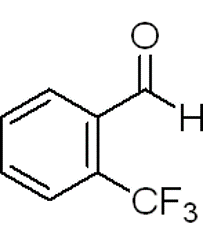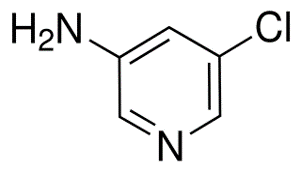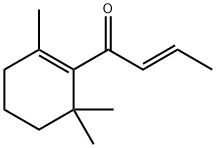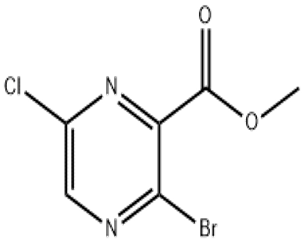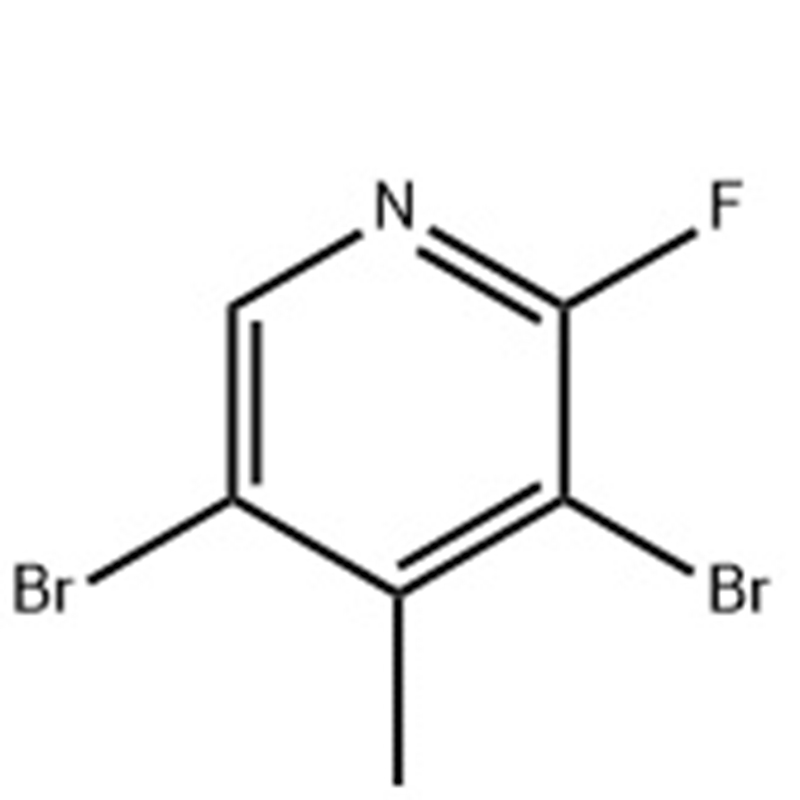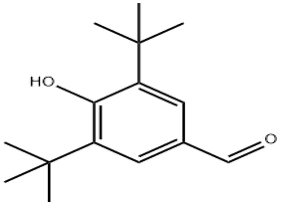2-(Trifluoromethyl)benzaldehyde(CAS# 447-61-0)
| Hazard Symbols | Xi – Irritant |
| Risk Codes | 36/37/38 – Irritating to eyes, respiratory system and skin. |
| Safety Description | S26 – In case of contact with eyes, rinse immediately with plenty of water and seek medical advice. S36/37/39 – Wear suitable protective clothing, gloves and eye/face protection. S37/39 – Wear suitable gloves and eye/face protection S36 – Wear suitable protective clothing. |
| UN IDs | UN 1993 3/PG III |
| WGK Germany | 3 |
| HS Code | 29124990 |
| Hazard Class | IRRITANT |
| Packing Group | III |
Introduction
O-trifluoromethylbenzaldehyde. It is soluble in organic solvents such as alcohols and ethers and insoluble in water.
Use:
o-trifluoromethylbenzaldehyde is often used as an intermediate in organic synthesis.
Method:
There are several methods for the preparation of o-trifluoromethylbenzaldehyde. One of the commonly used methods is to react benzaldehyde with trifluoroformic acid to obtain o-trifluoromethylbenzaldehyde through acid catalysis.
Safety Information:
O-trifluoromethylbenzaldehyde is an organic compound with certain hazards. Care should be taken to avoid contact with skin and eyes, and to avoid inhaling its gases or dust when using it. It should be operated in a well-ventilated area and wear appropriate protective equipment such as gloves, goggles, etc. When storing, it should be kept tightly sealed away from ignition and oxidants. Relevant safety operating procedures need to be followed on a case-by-case basis.


